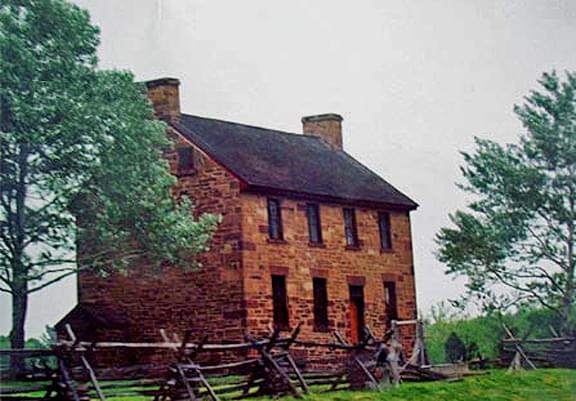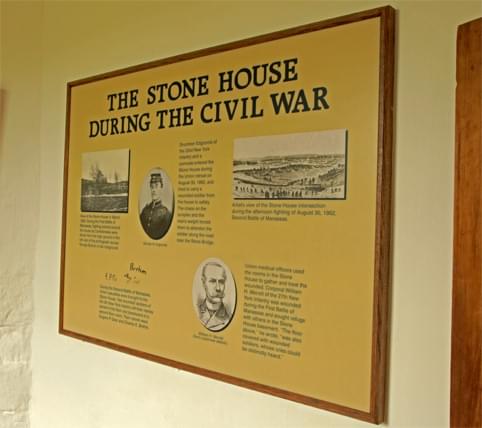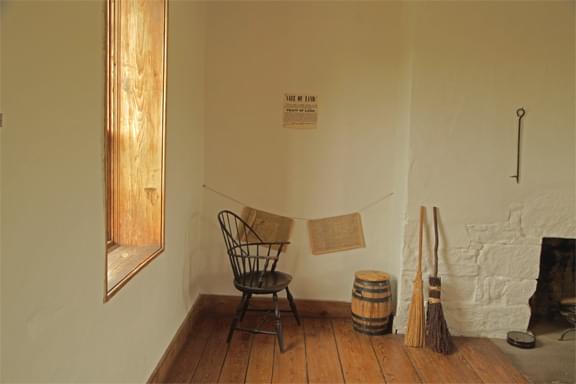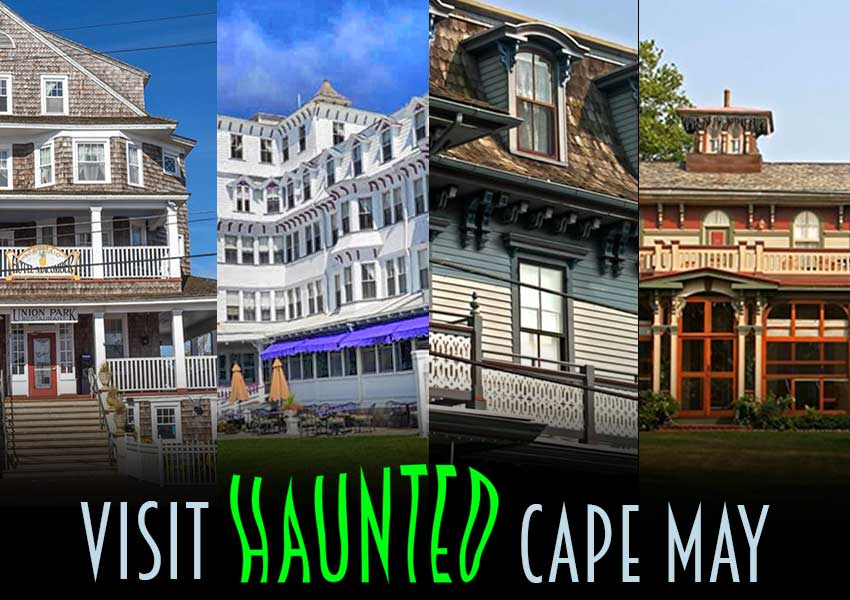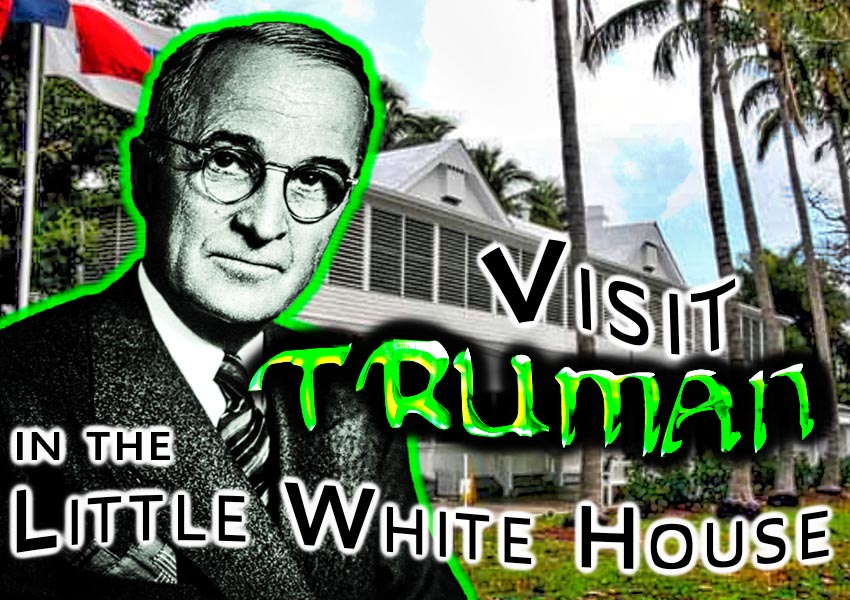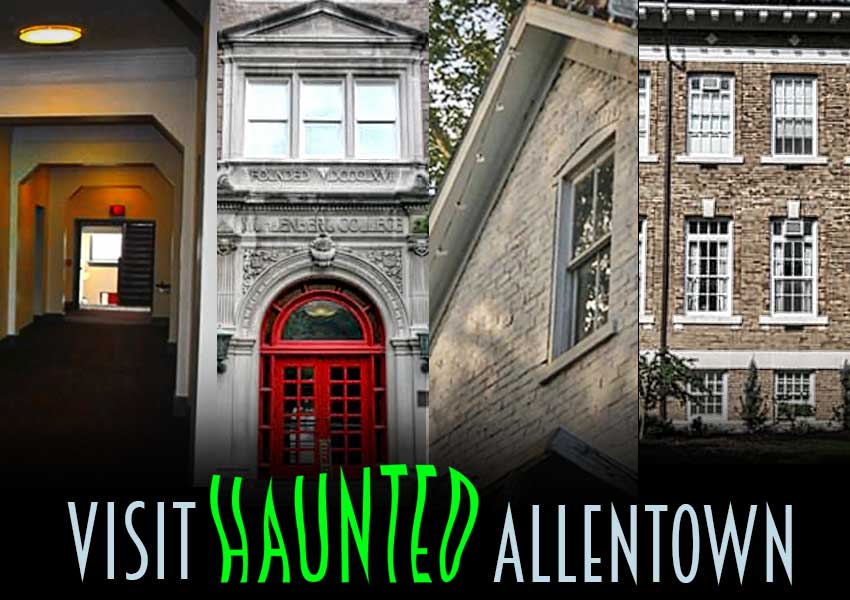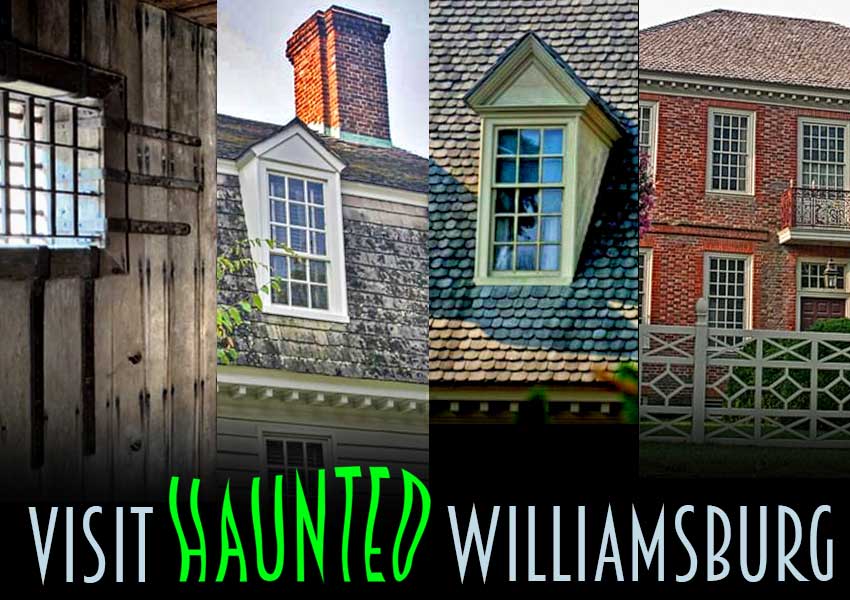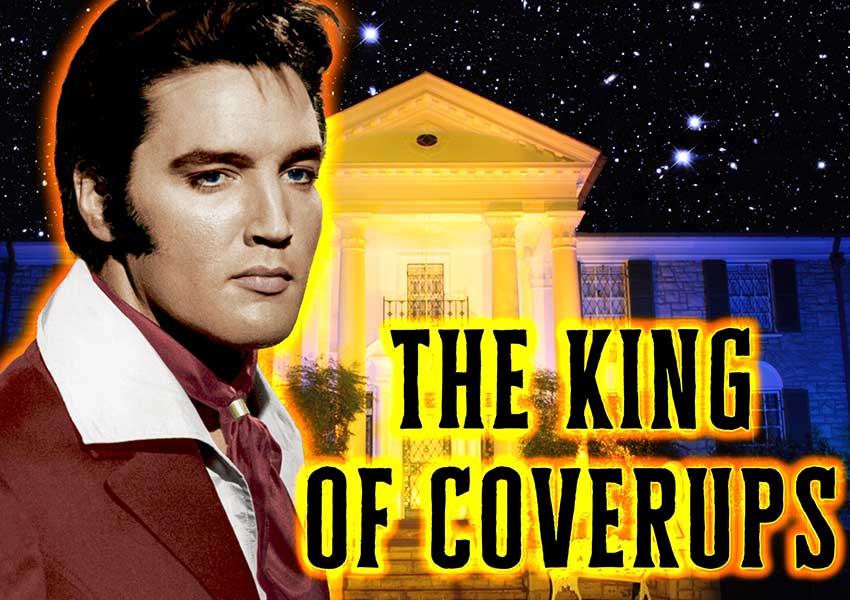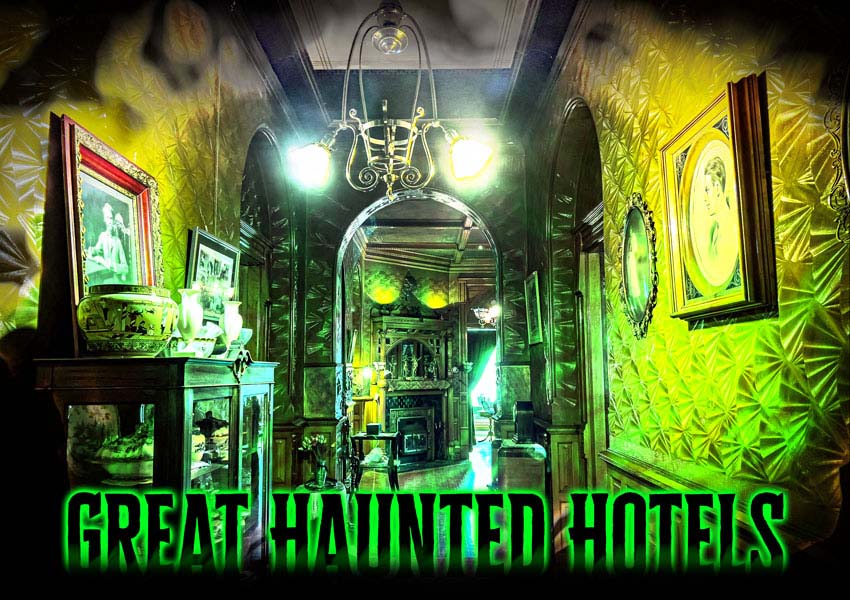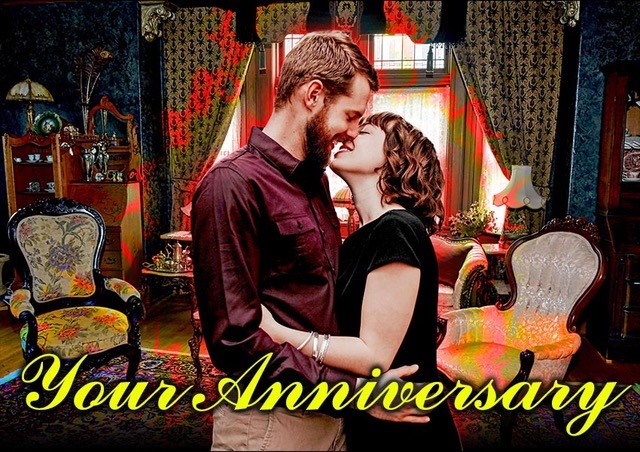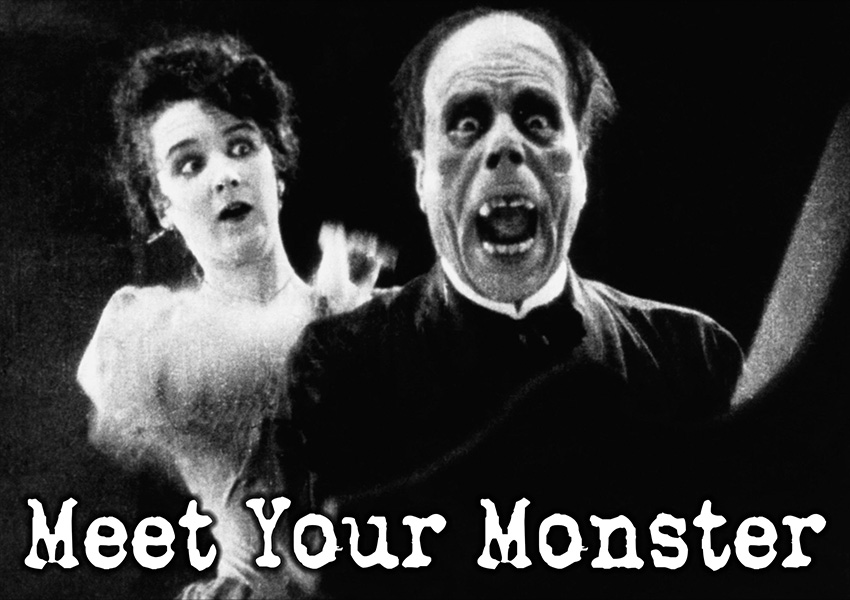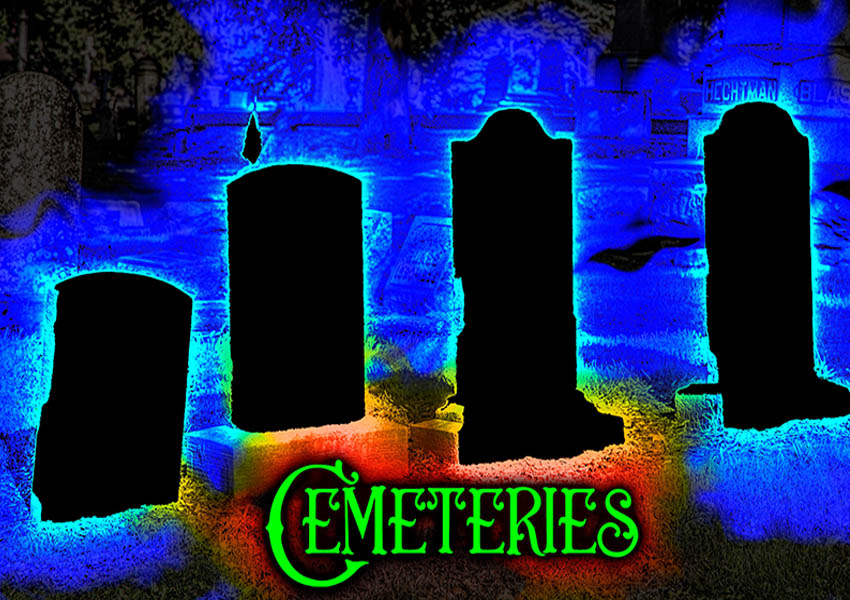Manassas Virginia
Stone House
Many died in this Civil War field hospital; perhaps with unfinished business.
Spirits can attach themselves to the living.
A Spirit who was in charge isn’t afraid to discipline the living slackers.
The pain of interrupted important work can be a cause for hauntings.
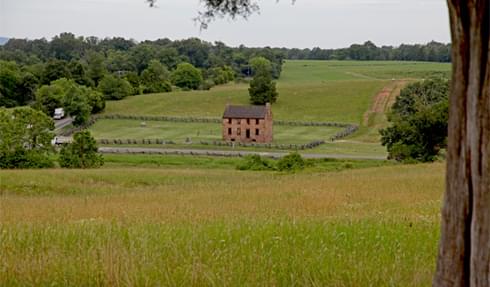
DESCRIPTION
This solidly built, 1828 red stone structure was constructed to last through a lot of abuse throughout the years of its existence as a private home, public businesses, and various taverns, from both the weather and men’s activities; not conducive to the health of building. There were mainly rowdy bar fights and the two Civil War battles that took place around the property.
It is a two story building with a basement. Every inch was well planned. The left side of the basement was the kitchen area, while the right side of the basement was used for storage. Directly above the kitchen, on the first floor, was a large bar area where a tough group of travelers involved with the wagon trade were not known for having gentile dispositions. They really enjoyed and indulged in drinking the hard spirits of the day. Across from the bar on the first floor there was a dining room and a sitting room, located above the basement storage area. The second floor had a large master bedchamber and two smaller bedchambers. The Stone House had a front porch in a 1902 picture.
Much of the structural bones of the Stone House are original; its walls, it’s chimneys, and a lot of the flooring that were there in the 1860s’ and earlier. Until the Federal Government restored the Stone House to its original 19th century structure, various people who owned it renovated the inside of the building to suit their needs.
HISTORY
The Stone House was built to be both a wagon stop and a private residence, on the 2nd floor. As it was strategically located right across from the toll gate located on the new 1828 Warrenton Turnpike, it was used as place to rest, grab a bite to eat and enjoy some hard drinking before traveling down this marvelous private, paved road. In the early part of the 19th century, many goods were taken to cities by horse and wagon; driven by drovers and teamsters; the 19th century version of the 20th century truck drivers. The owners had living quarters on the second floor and did very well indeed for the 22 years that they owned it.
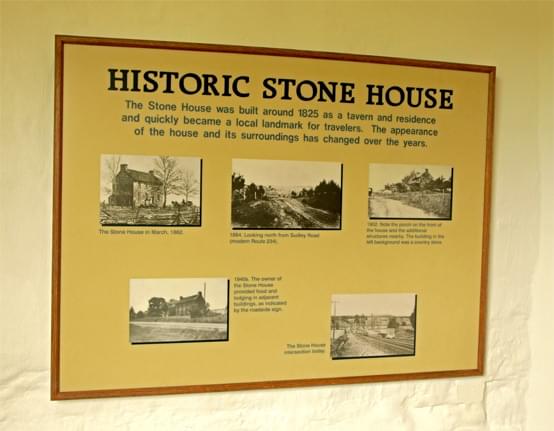
Starting in 1850, the next owners of The Stone House were Henry and Jane Matthews. Unfortunately, they were not as successful because of the building of the new railroad stop in the city of Manassas in the 1850’s, causing their road business to steadily decline. The Matthews family turned to farming corn, oats and hops to make ends meet. During the Civil War, the Matthews family found that the location of the Stone House was not an income enhancer, and down right dangerous.
In 1861 and 1862, they found that their Stone House and their farm property was swallowed up by the two battles of Bull Run. Despite the two invasions of wounded soldiers into their establishment, they held onto their property.
The Stone House became a field hospital for wounded men of both sides, because of its location.
“The first battle of Bull Run “began a third of a mile north of the Stone House where a brigade of Southerners, hurrying from Stone Bridge, met Union attackers advancing south on the Sudley-Manassas Road. From the shelter of the Stone House, retreating Southerners fired on the advancing Yankees until the 27th New York Infantry drove them from this cover, across the Warrenton Turnpike, and up Henry Hill. Wounded from the fighting sought shelter in the basement of the Stone House. Corporal William H. Merrell of the 27th New York Infantry joined them and observed, “the floor above was also covered with wounded soldiers, whose cries could be distinctly heard.”
“A makeshift red flag appeared on the building to mark the Stone House as a place of refuge and suffering for wounded (on both sides.) After the fighting ended, company A of the 28th Virginia Infantry arrived at the Stone House to find 100 weapons and “a large number of the wounded enemy, some dead, and thirty-six men, who surrendered themselves prisoners.”
“Among the prisoners were two Union medical officers, a surgeon and an assistant surgeon. Only the assistant surgeon was allowed to remain and care for the many sufferers as best he could. No evidence exists that any surgical operations took place inside the house.”
The Stone House again became a hospital for the wounded of both sides during the second Battle of Bull Run in August of 1862.”During the Second Battle of Manassas, Union commander John Pope established his head-quarters on Buck Hill overlooking the Stone House. On August 30 most of the defeated Union army passed the Stone House on the Warrenton Turnpike in retreat toward Washington.
A retreating Union soldier from the New York division ran into the stone House to rescue a wounded friend. He tried to carry him but had to leave him at the side of the road because the friend was too heavy. Uh Oh.
After the second Battle of Manassas, the Confederates used The Stone House as a place to “parole” Union prisoner soldiers. The Matthews couldn’t use their Stone House for business and probably couldn’t stay there either.
After the Civil War in 1865, The Stone House was disheveled, but was still a solid structure. It had broken windows, and a few scars from cannon balls that merely bounced off its walls. The Matthews decided to sell The Stone House to another private owner and they moved away from this financial nightmare with some money in their pockets.
From 1865 through 1949, The Stone House was used as both a public business and private residence. Throughout the years it was a tavern off and on, a post office and private residences. No matter what it was used for, The Stone House was always seen as a battlefield landmark by the public.
The Federal Government bought The Stone House in 1949 when they created the Manassas National Battlefield Park. In 1960, the Manassas National Battlefield Park authorities began a major restoration effort to take The Stone House back to what it looked like before and during the Civil War Era.
HISTORY OF MANIFESTATIONS
When circumstances in life force a person to not finish a job close to his heart, this person may come back and try to continue his or her work.
A Union medical doctor was forced to leave his patients at The Stone House when the Confederate forces drove Union forces back over the Stone Bridge, leaving his medical assistant to care for the many men who needed the skills of a real doctor.
Battlegrounds on American soil that sponsor reenactments with authentic costumes portraying both sides, can act like an environmental trigger and draw spirits of dead soldiers back into this world.
Spirits who have an active interest in the running of their business, or who are still experiencing the trauma that they suffered while alive in this world, sometimes show the displeasure with the living who don’t live up to their high standards of behavior they expected from their employees and people they were in charge of. If the living are slacking in their assigned job, they will let them know.
Sleepy tour docents have found this out from their personal experiences.
Spirits can attach themselves to the living, and fulfill a need that is keeping them in this world.
A young clairvoyant made claims on fairfaxunderground.com that she had personal experiences with a dead soldier long after her initial visit to The Stone House.
People who die unexpectedly at a young age, especially in war, sometimes hang around the building or place where they died. They sometimes continue on with their activities that they did while alive, and a few interact with the living too.
One story from a source: ” Privates Eugene P Geer and Charles E. Brehm of the 5th New York Infantry were wounded on August 30, 1862 in a futile attempt to halt General James Longstreet’s counterattack. Somehow the two men found their way to one small upstairs rooms at the Stone House. There, carved in the floorboards in the late summer of 1862, and still visible today, are the initials “E.P. Ge” and “Brehm Aug 30.” Charles Brehm recovered from his wounds and survived the war. Eugene Geer died of his wounds September 30, 1862, he was 17.”
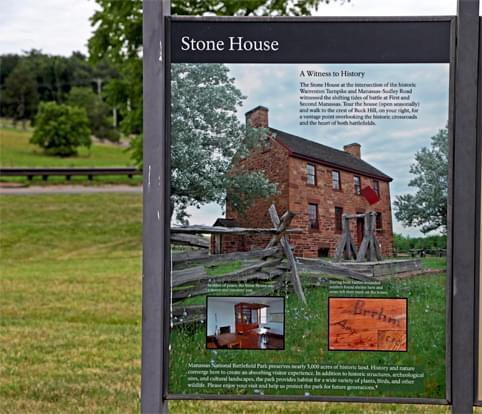
MANIFESTATIONS
Entity of Officer:
(One of the wounded or person of authority; either Confederate or Union).
Apparently, he frowns on workers who fall asleep while on the job. It could be the Union Doctor forced by the Confederates to leave all his patients, or perhaps the Confederate Officer in charge of the Union parolees.
A female tour guide who was sitting in a chair, was reading a book while waiting for visitors. When the tour guide dozed off, an unseen pair of cold hands yanked the book out of her hands and threw it across the room; which of course woke her up; sort of like a military officer displeased with someone sleeping on the job.
Another tour guide, an older man, fell asleep in the chair and something pulled off his glasses and threw them.
Date: February 11, 2014 09:13AM – A youth with clairvoyant abilities and a strong interest in the Civil War, was studying this subject in History Class. In 2009, The Stone House wasn’t open to the public.
Entity of Eugene Geer –
A man’s face has been seen looking out a second floor room where he carved his initials and died of his wounds.
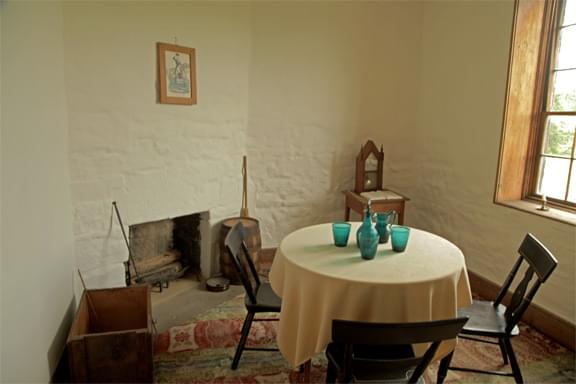
“Mandi’s Story”
To read the entire story, go to ghostvillage.com.
“This all started in May of 2009. I was studying the Civil War in history class and so we went to Manassas Battlefield (site of the famous battles of Bull Run). Anyone who has been there knows that there is a well-known field house there called the Stone House. When I looked into the window, I saw a man in all gray, pacing. I quickly stepped away from the window and walked back to my dad’s car. Nothing seemed out of the ordinary for a while after that.”
“When I went to a summer camp in late June, I kept having weird dreams about the stone house. On the last night I had a dream that I was back at the stone house… but this time I was in the stone house. I figured that it was directly after the first or second battle of Bull Run. There were Confederate soldiers with blood on them, some were missing limbs. No one paid attention to me, except for one soldier. He had brown eyes and light brown shaggy hair, he also had a bloody scar going across his face. He looked at me and said, “This is only the beginning.” I assumed he was from Tennessee from his accent, he grabbed my shoulders and ran through me.”
“I woke up in a cold sweat back at the summer camp. I sat up and read the clock, it said 3 am and everyone was asleep. I laid back down and let out a sigh, It was only a dream I thought. I looked around one more time to see if I had woken anyone up, and the same Confederate soldier that talked to me in my dream was standing next to my bed, looking at me! Before I could scream he put his hand over my mouth. I could smell the gun powder, and he shushed me and told me, “I won’t hurt you.” I blacked out after that. I didn’t eat much that morning… everything smelled like gunpowder.”
Not that long after I came home from the summer camp I had another dream. The Confederate soldier kept saying he wouldn’t hurt me. He also confirmed that he was from Tennessee. In late July, my parents, two sisters, and I drove down to Florida. We were at a gas station in Tennessee early in the morning, I was walking around the perimeter of the gas station while everyone else was inside going to the bathroom. I was behind the gas station when I felt a rough hand grab my shoulder. I balled up my fist and spun around, trying to punch whoever grabbed my shoulder, but my hand went through air. The same Confederate soldier was smiling and laughing at my reaction. ‘What do you want?’ I hissed at him. He laughed some more, and I couldn’t help but smile for a second.
He stopped laughing and said, “I want to welcome you to my home… and give you this.” He handed me my phone charger, which, I realized, I had left still plugged into my wall. ‘Thank you’ I said, and he laughed some more. My mom started calling my name, and he disappeared.”
“Throughout my entire week in Florida, the soldier would show up and tell me stuff about the Civil War. When my dad, my friend and I went into the war museum, we stopped by the Civil War section. I felt a rough hand on my back and I could see a faint outline of the soldier pointing at some pictures and other artifacts from the Confederate army. He was talking, but I couldn’t hear him.
“Finally he pointed to a Confederate uniform and I could lip-read what he said, ‘That was mine.’ I almost fainted. After I finally got my pictures from Washington DC, developed, I went through the pictures on my computer and came across a picture of the Stone House. It looked like a normal picture, except if you look by the fence in the bottom-right, there is a picture of a man crouching and maybe holding a rifle.”
STILL HAUNTED?
Most Probably So. Personal experiences along with some photos and a digital film of a misty male figure strongly suggest that spirits are residents of the Stone House.
Two Park staff workers who are docents for the Stone House know from personal experience not to fall asleep on the job.
A covert paranormal investigation team who snuck onto the property were able to capture on film, a mist of a man walking by The Stone House.
Pictures has been taken by tourists of a spirit man looking at them from the upstairs window; the same room where Eugene Geer died of his wounds.
The young clairvoyant took a photo of The Stone House and caught a figure of a soldier crouching in front of the fence.

LOCATION
Manassas, Virginia
on the intersection corner of Route 234 and Lee Hwy, Route 29.
The Stone House is located at the crossroads of the Sudley-Manassas Road; (Route 234), and the old 1828 toll road; Warrenton Turnpike, now called Lee Hwy (Route 29). It is part of the Manassas National Battlefield Park, as it was in the hot zone of both the battles of Bull Run in 1861 and 1862.
SOURCES INCLUDE
- YouTube video: “The Haunting Of: Guardian Angel (S4, E14)
- YouTube video: “Ghost Stories: Tom Green”
- Fairfax Underground: Re:Ghosts/hauntings in around Fairfax County
- ghostvillage.com: Civil War Soldier Visitor – Mandi – Manassas Battlefield, Virginia – May 2009
Our Haunted Paranormal Stories are Written by Julie Carr
Our Photos are copyrighted by Tom Carr
Visit the memorable… Milwaukee Haunted Hotel
